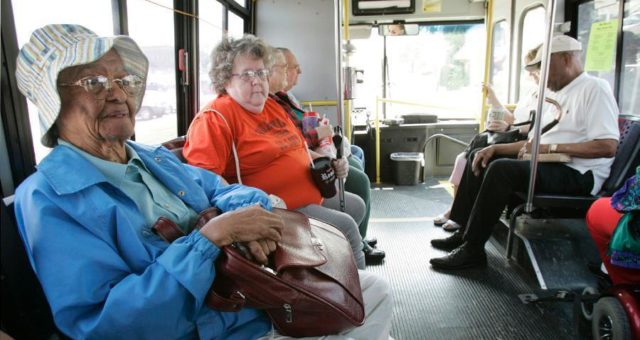
Transportation and Health Access
Measuring Transportation as a Barrier to Health Care
No standard method has been used to assess transportation as a barrier to accessing health care. Nevertheless, there are similarities among the processes used, including measuring the following factors:
- Time spent traveling to a health care provider
- Distance between patients and available health care facilities
- Existing transportation infrastructure
- Cost of transportation services
- Knowledge, perception, and use of available transportation services
HIGH-RISK POPULATIONS
Finding transportation to health care services that is safe, timely, and affordable is an issue that impacts everyone; however, certain populations are more severely impacted. Populations that are at greater risk for facing transportation as a barrier to accessing health care include, but are not necessarily limited to, the following:
RURAL COMMUNITIES have 20% of the national population, but less than 11% of its physicians.
10% to 20% more members of COMMUNITIES OF COLOR are transportation disadvantaged compared with members of the white population.
CHRONICALLY ILL populations report that their medical conditions limit their travel. This population makes fewer trips per day than those without a medical condition (2.8 versus 4.4 trips per day).
ELDERLY ADULTS are disproportionately disadvantaged by transportation barriers, in part, because driving frequency declines with age. Growth of the aging population will increase transportation service demands.
Families living in rural areas were less likely to report finding a usual source of pediatric care for their CHILDREN (18%) than families living in urban areas (9%).
Approximately 29% of VETERANS delay seeking medical attention due to concerns about transportation to care and difficulty scheduling appointments.
Many LOW-INCOME INDIVIDUALS AND FAMILIES do not have access to safe, reliable, and affordable transportation, particularly those who do not qualify for Medicaid. Insurance plans offered through the Marketplace do not cover NEMT transportation benefits.
TRANSPORTATION AS A BARRIER TO CARE
Transportation is frequently cited in peer-reviewed literature as a significant barrier to health care, affecting between three percent (3%) and as much as sixty-seven percent (67%) of a sample population.
2010 THE IMPACT OF TRANSPORTATION ON PATIENT HEALTH
- Delayed or missed medical appointments
- Inability to comply with prescribed health management plans
- Interrupted delivery of care
- Poor health outcomes
- Increased use of emergency department care
- Difficulty making and keeping follow-up appointments
THE BURDEN OF MISSED MEDICAL APPOINTMENTS FOR HEALTH CENTERS
- Reduction in revenue
- Cost of maintaining unused clinical rooms
- Loss of anticipated earned income Reduction in clinical efficiency
- Cost of unused provider time
- Cost of time spent by clinical staff to contact patients and schedule follow-up appointments
- Cost of increased wait times for other patients
- Cost of interruption of care plan on patient health outcomes
- Missed medical appointments are widely considered to be a significant financial burden for health care providers, health facilities, and the overall U.S. health care system
The above information was obtained from:

Since 2000, Health Outreach Partners (HOP) has conducted bi-annual national needs assessments of community health centers1 serving underserved populations. The needs assessment findings have consistently demonstrated that transportation is a top barrier to health care access. Accordingly, Health Outreach Partners has developed and delivered numerous resources and learning opportunities around transportation and health care access, including peer-to-peer webinars, roundtable discussions, conference workshops, and articles that feature innovative practices from health centers and other safety-net organizations who are directly addressing transportation challenges in their communities
